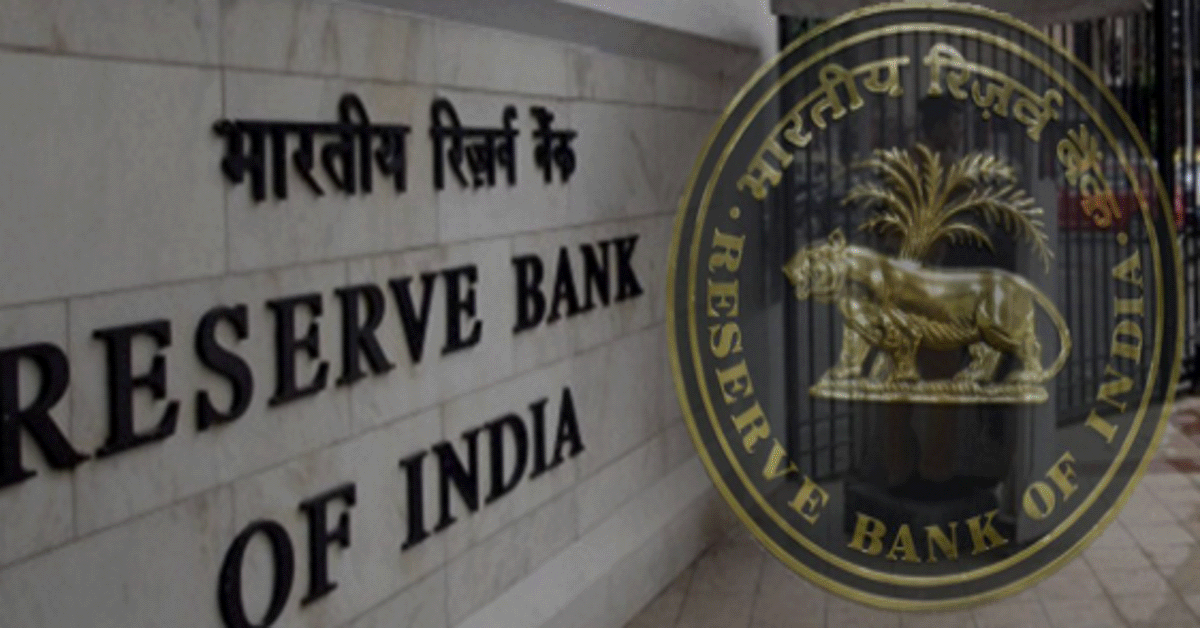Lead by persistent foreign direct investment-FDI and foreign portfolio investor (FPI) inflow, the foreign exchange or forex reserves have been burgeoning for over a month now, starting with a gain of $4.344 billion recorded during the week ended April 9. The country’s foreign exchange reserves mounted from $563 million to $590.028 billion in the week ended May 14, according to data from the Reserve Bank of India (RBI) quite similar with a record high marked in January. The reserves had grabbed a lifetime high of $590.185 billion in the week ended January 29, 2021.
The reserves had risen by $1.444 billion to $589.465 billion, in the previous week ended May 7.
During the reporting week ended May 14, the rise in the forex kitty was mainly due to an increase in foreign currency assets (FCA), a pre-eminent component of the reserves in general.
As per weekly released data by the RBI on Friday, FCAs shot up by $377 billion to $546.87 billion in the reporting week.
When put into dollar terms, the foreign currency assets include the effect of appreciation or depreciation of non-US currencies like the euro, British pound and Japanese yen held in the foreign exchange reserves. While gold reserves recorded a rise of $174 million to $36.654 billion.
India’s reserve position with the IMF increased by $10 million to $4.999 billion in the reporting week.
The special drawing rights (SDRs) with the International Monetary Fund (IMF) reported a gain of $2 million to $1.506 billion.
An increase in the forex kitty could also help strengthen the rupee against the US dollar.
The soaring forex reserves could bring some comfort to the government and the Reserve Bank in managing the nation’s external and internal financial issues especially at a time when the economy is facing Covid pressure once again since it could have an impact on the GDP growth rate for the ongoing fiscal as states are announcing lockdowns. It is an important defense in the event of any crisis on the economic front and enough to cover India’s import bill for a year.
The Reserve Bank works as the custodian and manager of forex reserves and performs within the overall policy framework agreed upon with the Centre. It assigns the dollars for definite purposes.
